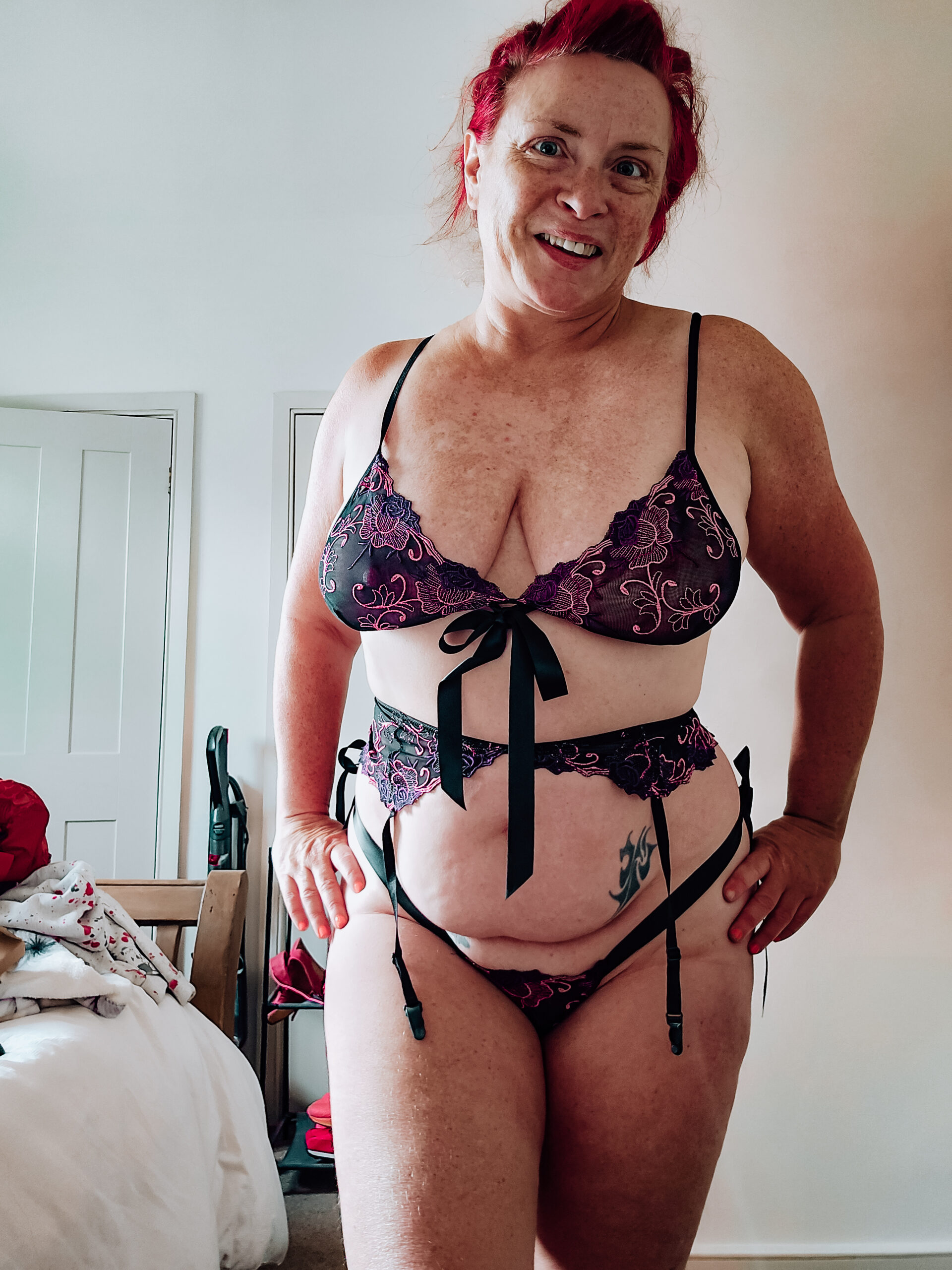Defining Pansexuality
Pansexuality is a sexual orientation characterized by romantic or sexual attraction to people regardless of their gender identity or expression. Unlike bisexuality, which traditionally refers to attraction to two genders, pansexuality encompasses a broader spectrum, including individuals who identify as male, female, non-binary, and all other gender identities. This inclusive definition reflects the understanding that gender is a complex and fluid concept, and attraction can transcend traditional binary categories.
Core Definition
Pansexual individuals are attracted to people based on their personality, character, or connection rather than focusing on a specific gender identity. Pansexuality acknowledges the fluidity of gender and embraces the diversity within the human experience.
It is important to remember that pansexual individuals may experience attraction in different ways. Some may be attracted to all genders equally, while others may have stronger attractions to certain gender identities.
Distinguishing from Bisexuality
Pansexuality is a sexual orientation characterized by romantic or sexual attraction to people regardless of their gender identity or expression. Unlike bisexuality, which traditionally refers to attraction to two genders, pansexuality encompasses a broader spectrum, including individuals who identify as male, female, non-binary, and all other gender identities. This inclusive definition reflects the downstroke sex position understanding that gender is a complex and fluid concept, and attraction can transcend traditional binary categories.
Pansexual individuals are attracted to people based on their personality, character, or connection rather than focusing on a specific gender identity. Pansexuality acknowledges the fluidity of gender and embraces the diversity within the human experience.
It is important to remember that pansexual individuals may experience attraction in different ways. Some may be attracted to all genders equally, while others may have stronger attractions to certain gender identities.

Debunking Common Misconceptions
Pansexuality is a sexual orientation characterized by romantic or sexual attraction to people regardless of their gender identity or expression. Unlike bisexuality, which traditionally refers to attraction to two genders, pansexuality encompasses a broader spectrum, including individuals who identify as male, female, non-binary, and all other gender identities. This inclusive definition reflects the understanding that gender is a complex and fluid concept, and attraction can transcend traditional binary categories.
Pansexual individuals are attracted to people based on their personality, character, or connection rather than focusing on a specific gender identity. Pansexuality acknowledges the fluidity of gender and embraces the diversity within the human experience.
It is important to remember that pansexual individuals may experience attraction in different ways. Some may be attracted to all genders equally, while others may have stronger attractions to certain gender identities.
The Spectrum of Pansexual Attraction
Pansexuality is a sexual orientation characterized by romantic or sexual attraction to people regardless of their gender identity or expression. Unlike bisexuality, which traditionally refers to attraction to two genders, pansexuality encompasses a broader spectrum, including individuals who identify as male, female, non-binary, and all other gender identities. This inclusive definition reflects the understanding that gender is a complex and fluid concept, and attraction can transcend traditional binary categories.
Pansexual individuals are attracted to people based on their personality, character, or connection rather than focusing on a specific gender identity. Pansexuality acknowledges the fluidity of gender and embraces the diversity within the human experience.
It is important to remember that pansexual individuals may experience attraction in different ways. Some may be attracted to all genders equally, while others may have stronger attractions to certain gender identities.
Romantic vs. Sexual Orientation
Pansexuality encompasses a wide spectrum of attraction. While often discussed in the context of sexual orientation, it’s important to differentiate between romantic and sexual attraction within pansexuality. Some individuals may experience romantic attraction to people regardless of their gender identity while having different experiences with sexual attraction.
Others may identify as pansexual in both senses, experiencing attraction on both romantic and sexual levels across the gender spectrum. It’s crucial to remember that everyone experiences attraction uniquely, and there is no “right” or “wrong” way to be pansexual.
Fluidity and Change Over Time
Pansexuality encompasses a wide spectrum of attraction. While often discussed in the context of sexual orientation, it’s important to differentiate between romantic and sexual attraction within pansexuality. Some individuals may experience romantic attraction to people regardless of their gender identity while having different experiences with sexual attraction.
Others may identify as pansexual in both senses, experiencing attraction on both romantic and sexual levels across the gender spectrum. It’s crucial to remember that everyone experiences attraction uniquely, and there is no “right” or “wrong” way to be pansexual.
- Spectrum of Attraction: Pansexual attraction can manifest in diverse ways. Some individuals experience equal attraction to all genders, while others may find themselves more drawn to certain gender identities.
- Fluidity Over Time: A person’s attractions can evolve and change over time. It’s common for individuals to discover new aspects of their sexuality as they grow and learn.
- Importance of Individual Experience: There is no one-size-fits-all definition of pansexuality. Each individual’s experience with attraction is unique and should be respected.
Individual Experiences and Variations
Pansexuality encompasses a wide spectrum of attraction. While often discussed in the context of sexual orientation, it’s important to differentiate between romantic and sexual attraction within pansexuality. Some individuals may experience romantic attraction to people regardless of their gender identity while having different experiences with sexual attraction.
Others may identify as pansexual in both senses, experiencing attraction on both romantic and sexual levels across the gender spectrum. It’s crucial to remember that everyone experiences attraction uniquely, and there is no “right” or “wrong” way to be pansexual.
Pansexuality encompasses a wide spectrum of attraction. While often discussed in the context of sexual orientation, it’s important to differentiate between romantic and sexual attraction within pansexuality. Some individuals may experience romantic attraction to people regardless of their gender identity while having different experiences with sexual attraction.
Others may identify as pansexual in both senses, experiencing attraction on both romantic and sexual levels across the gender spectrum. It’s crucial to remember that everyone experiences attraction uniquely, and there is no “right” or “wrong” way to be pansexual.

- Spectrum of Attraction: Pansexual attraction can manifest in diverse ways. Some individuals experience equal attraction to all genders, while others may find themselves more drawn to certain gender identities.
- Fluidity Over Time: A person’s attractions can evolve and change over time. It’s common for individuals to discover new aspects of their sexuality as they grow and learn.
- Importance of Individual Experience: There is no one-size-fits-all definition of pansexuality. Each individual’s experience with attraction is unique and should be respected.
Impact on Relationships and Identity
Understanding pansexuality requires exploring its impact on relationships and identity. Pansexuality, a sexual orientation characterized by attraction to individuals regardless of their gender identity or expression, challenges traditional notions of romantic and sexual desire.
Navigating Social Norms
Pansexuality broadens the possibilities for love and connection, allowing individuals to form meaningful relationships with people from diverse backgrounds and identities. It fosters inclusivity and acceptance, creating space for authentic expressions of self within relationships.
For pansexual individuals, embracing their identity can be a powerful journey of self-discovery and empowerment. It involves acknowledging and celebrating the fluidity of gender and attraction, rejecting societal norms that restrict expression and connection.
Navigating social norms can present challenges for pansexual individuals. Prevailing cultural expectations and biases may lead to misunderstanding, prejudice, or discrimination. It’s crucial for society to promote understanding and acceptance of diverse sexual orientations, creating an environment where individuals feel safe to express themselves authentically.
Challenges Faced by Pansexual Individuals
Pansexuality, a sexual orientation characterized by attraction to people regardless of their gender identity or expression, can significantly impact both relationships and individual identity.
For pansexual individuals, relationships can be enriching and diverse, transcending traditional gender boundaries. They have the opportunity to connect with people based on shared values, interests, and genuine connection rather than being limited by societal expectations of who they “should” be attracted to.
However, navigating relationships as a pansexual person may present unique challenges. Societal biases and misconceptions about pansexuality can lead to misunderstandings, judgment, or even discrimination from partners, friends, or family.
On an individual level, embracing pansexuality is often a journey of self-discovery and empowerment. It involves challenging societal norms and expectations, defining one’s own identity on their own terms.
This process can be liberating, leading to greater self-acceptance and authenticity. Yet, it can also be met with internal conflict as individuals grapple with societal pressures and navigate potentially difficult conversations with loved ones who may not fully understand or accept their pansexuality.
Finding Community and Support
Understanding pansexuality requires exploring its impact on relationships and identity. Pansexuality, a sexual orientation characterized by attraction to individuals regardless of their gender identity or expression, challenges traditional notions of romantic and sexual desire.
Pansexuality broadens the possibilities for love and connection, allowing individuals to form meaningful relationships with people from diverse backgrounds and identities. It fosters inclusivity and acceptance, creating space for authentic expressions of self within relationships.
- Impact on Relationships: Pansexuality expands the spectrum of potential partners, encouraging connections based on shared values, interests, and emotional compatibility rather than being limited by gender norms.
- Self-Discovery and Identity: Embracing pansexuality can be a journey of self-discovery, leading to greater self-acceptance and authenticity as individuals define their own identity outside societal expectations.
- Challenges and Support: Pansexual individuals may face societal biases, misunderstanding, or discrimination. Finding supportive communities and allies is crucial for navigating these challenges and fostering a sense of belonging.
Cultural Representations and Visibility
Cultural Representations and Visibility in language English are essential aspects of understanding how diverse identities and experiences are portrayed and perceived within society. Language itself carries power, shaping our perceptions of the world and influencing how we view ourselves and others.
Through careful analysis of language used to describe various cultures and communities, we can gain insights into prevailing societal attitudes, stereotypes, and biases. It’s crucial to examine how languages are used to both marginalize and empower different groups, as well as explore the impact of linguistic diversity on intercultural communication and understanding.
Media Portrayals
Cultural Representations and Visibility in language English are essential aspects of understanding how diverse identities and experiences are portrayed and perceived within society. Language itself carries power, shaping our perceptions of the world and influencing how we view ourselves and others.
Through careful analysis of language used to describe various cultures and communities, we can gain insights into prevailing societal attitudes, stereotypes, and biases. It’s crucial to examine how languages are used to both marginalize and empower different groups, as well as explore the impact of linguistic diversity on intercultural communication and understanding.
Media plays a significant role in shaping cultural representations and influencing public perception. The way media portrays diverse communities can either perpetuate stereotypes or contribute to greater understanding and inclusion.
Positive representation can challenge prejudice, foster empathy, and create a more inclusive society.
Conversely, negative or stereotypical portrayals can reinforce harmful biases and marginalize already vulnerable groups. It’s essential to critically analyze media content, paying attention to how different cultures and identities are represented, and advocating for more diverse and accurate portrayals.
- Impact of Media Portrayal: Media has a profound impact on shaping cultural perceptions. Positive representations can challenge stereotypes and promote inclusivity, while negative or stereotypical portrayals can reinforce prejudice and marginalization.
- Importance of Representation: Seeing diverse individuals represented authentically in media can be empowering for those who identify with these groups, fostering a sense of belonging and validation. It also helps educate wider audiences about the richness and diversity of human experiences.
- Advocating for Change: Consumers can actively support more inclusive representation by demanding diverse content from media creators, calling out harmful stereotypes, and promoting media that celebrates cultural differences.
Activism and Advocacy
Cultural representations and visibility are crucial for understanding how societies perceive and interact with different groups. Language plays a significant role in shaping these perceptions, influencing our attitudes and beliefs about various cultures and communities.
Careful analysis of language used to describe diverse groups can reveal societal biases, stereotypes, and prejudices. It’s important to examine how language is used both to marginalize and empower individuals and communities. Linguistic diversity itself also impacts intercultural communication and understanding.
Activism and advocacy are essential for promoting more inclusive and accurate representations. Challenging harmful stereotypes, demanding diverse media content, and celebrating cultural differences can contribute to a more equitable and just society.
Check this full write-up
Explore all perspectives shared
- Why CBD Gummies Are The Top Choice For Stress-Free Living - November 14, 2025
- What Is The Best Longest Lasting Face Filler? - November 11, 2025
- What Are The Benefits Of Taking CBD Gummies For General Health And Wellness? - November 9, 2025
